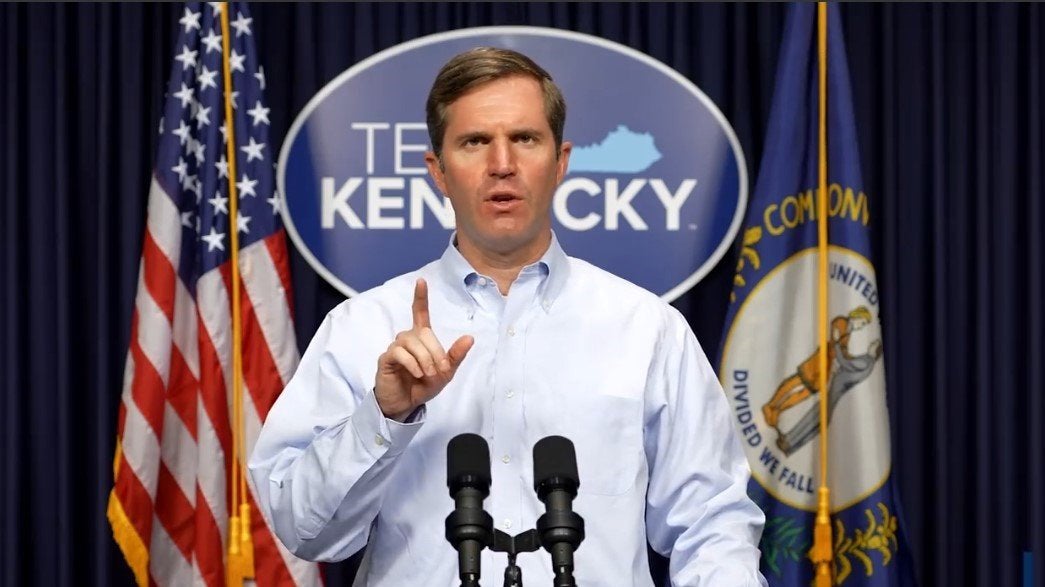Boyle was a leading county in hemp growing
Published 11:34 pm Friday, June 14, 2019

- Stacks of hemp in a field in Boyle County. (The photo is in the Lincoln Museum in Forkland.)
Almost a century and a half ago the farmers in the Bluegrass of Kentucky began growing hemp, according to an article published in the Kentucky Advocate in July 1919.
Boyle County was one of the leading counties in growing the crop, though Garrard County was the largest grower of hemp in the state.
Since then, growers of hemp have had their fat years and their lean years. Huge prices paid for burley tobacco and the acute shortage of labor pushed hemp in the background, and a very small acreage was sown in the 1919 season.
John R. Humphrey of the Experiment Station completed a bulletin on marketing hemp, which takes up the history of hemp growers in Kentucky and outlines expansion of hemp growing in other states in the past 10 years.
It shows that during the period of hemp production, innumerable patents on hemp breaking machinery and methods of treating hemp fiber were issued.
It also shows that all hemp breaking machinery used in fields have been more or less a failure, but hemp breaking plants at central points have proved successful in Wisconsin and Indiana.
Used in rope making
The production of hemp was a good farm crop during World War I from 1914-1918 when the government bought hemp for making rope and other products.

A worker helps process hemp in a field. (Photo submitted by Carolyn Crabtree)
Garrard County farmers were getting $9 per hundred pounds in 1915 which prompted the farmers previously engaged in hemp raising, to return their attention back to its cultivation since it proved to be more profitable to them, at the current high quotation, than tobacco.
Two farmers cultivated 150 acres of hemp in the 1914 season which yielded 1,000 pounds per acre. They sold the crop to local buyers at 7.5 cents per pound or about $11,000, according to the newspaper archives.
In 1942, Garrard County was the largest grower of hemp in Kentucky and was predicted to spring back into prominence since hemp had swung back into general use because foreign substitutes had been just about cut off.
A number of hemp breaks near the Garrard-Boyle line were manufactured and sent over for use in Boyle County.
“Banks Hudson Sr., who is possibly the last word in Kentucky on growing, curing and sale of hemp, has a force of men on his farm that are breaking and preparing the fiber for market.”
“To see the herds being burned recalls the ‘battle fires on many a hill’ in the earlier years in these parts,” according to the article.
In 1942, plans were made for increasing the production of hemp seed. The hemp was planted in scattered clumps, so that it bushed out and became a heavy bearer of seed.
“Since Far Eastern sources of hemp have been cut off by the war, more domestically produced fiber is expected to be needed for manufacture of manila rope and oakum which are used in naval stores.”
Hemp also was used in the manufacture of burlap in place of jute, a fiber normally imported from the Orient.
Farmers and seed dealers who had two or more bushels of hemp seed on hand, had to report their holding to the U.S. Department of Agriculture in Washington.
Hudson gets contract
Hudson was awarded a contract in August 1940 to furnish the Navy Department with American hemp to use in the defense program. The amount of the contract was $12,600.
Hudson was about the only person in Kentucky who continued to grow hemp.
“He has long been an authority on hemp growing,” according to an article in The Advocate.
Hudson devoted much of his time to growing hemp for seed purposes solely. There was a good demand for seed in the Northwestern states.
Years ago, the manufacture of hemp breaks was a live industry in this section of Kentucky. The old firm of Banks Hudson & J.C. Davis ran a hemp hackling
business in Danville where a great many people were kept busy dressing hemp for market.
Hemp was used in rope and twine making but another plant, which was grown in Yucatan was a great deal cheaper than hemp. Other fibers from the Philippines swamped the market and ruined the hemp market for Kentucky farmers.
Seed for war needs
Kentucky farmers were assigned in 1942 the task of growing a minimum of 33,000 acres of hemp for seed to meet the war need for fiber.
The seed for planting was $12.50 a bushel. It was estimated that each bushel of seed would plant from 10 to 15 acres.
The hemp was grown under contract with the Commodity Credit Corporation, which purchased the seed. The contract price for seed was set at $8 per bushel for seed testing, 90 percent germination or better with proportional reductions for seed testing lower.
Boyle County growers were expected that 1,000 to 1,200 acres of hemp seed would be produced that year as 58 farmers had contacted the county agent’s office indicating they wanted to grow 800 acres of seed.
Bottom land was preferable for growing the crop.
In 1941, Banks Hudson Sr. was growing 125 acres of hemp in Lincoln and Mercer counties.
Decline begins
The main cause of the decline in the state’s hemp industry was the replacement of sailing ships with steamships.





